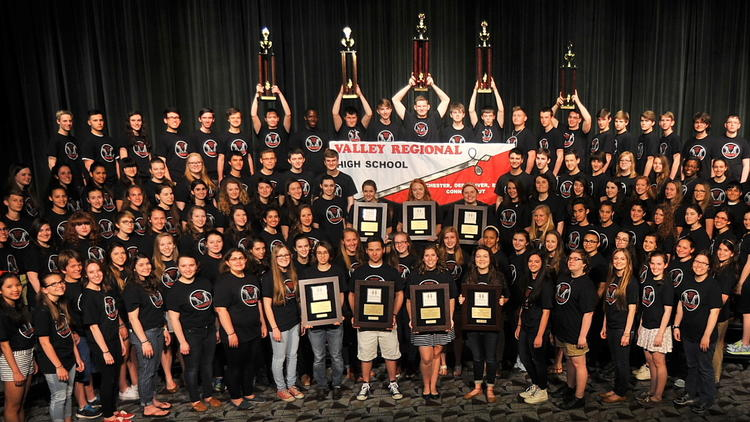By Jeremy Eichler GLOBE STAFF | NOVEMBER 24, 2015
When Joseph Silverstein first auditioned for the Boston Symphony Orchestra’s violin section, someone had to call the librarian for help. More music was needed in order to find something for Mr. Silverstein to sight-read. While he was only 30 at the time, he had already played everything in the audition file. He got the job.
About a year later, when he was sitting as last-chair violinist, the formidable music director Charles Munch summoned Mr. Silverstein to a private meeting. “ ‘You must play with the orchestra,’ [Munch] said in his gruff way,” Mr. Silverstein recounted in an oral history project about his life.
“Yes, I agreed. I did play with the orchestra.”
“No, no. You must be a soloist.”
A Chinese concertmaster, BSO music director Seiji Ozawa, and Mr. Silverstein in Beijing in 1979.
Mr. Silverstein accepted the conductor’s invitation. It would be the first of many.
Renowned for his warm honeyed tone, his impeccably urbane style of playing, and his sophisticated sense of musical culture, Mr. Silverstein served as the BSO concertmaster for 22 years, as its assistant conductor from 1971 to 1984, and generally as one of the very brightest stars in the city’s musical firmament. The conductor Andre Previn succinctly summarized a verdict shared by many when he told The New Yorker magazine: “Joseph Silverstein is the greatest concertmaster in the world. That’s not an opinion. That’s a fact.”
Mr. Silverstein, who was also the music director of the Utah Symphony from 1983 to 1998 and a committed teacher, died of a heart attack Saturday night in Baystate Medical Center in Springfield. He was 83.

